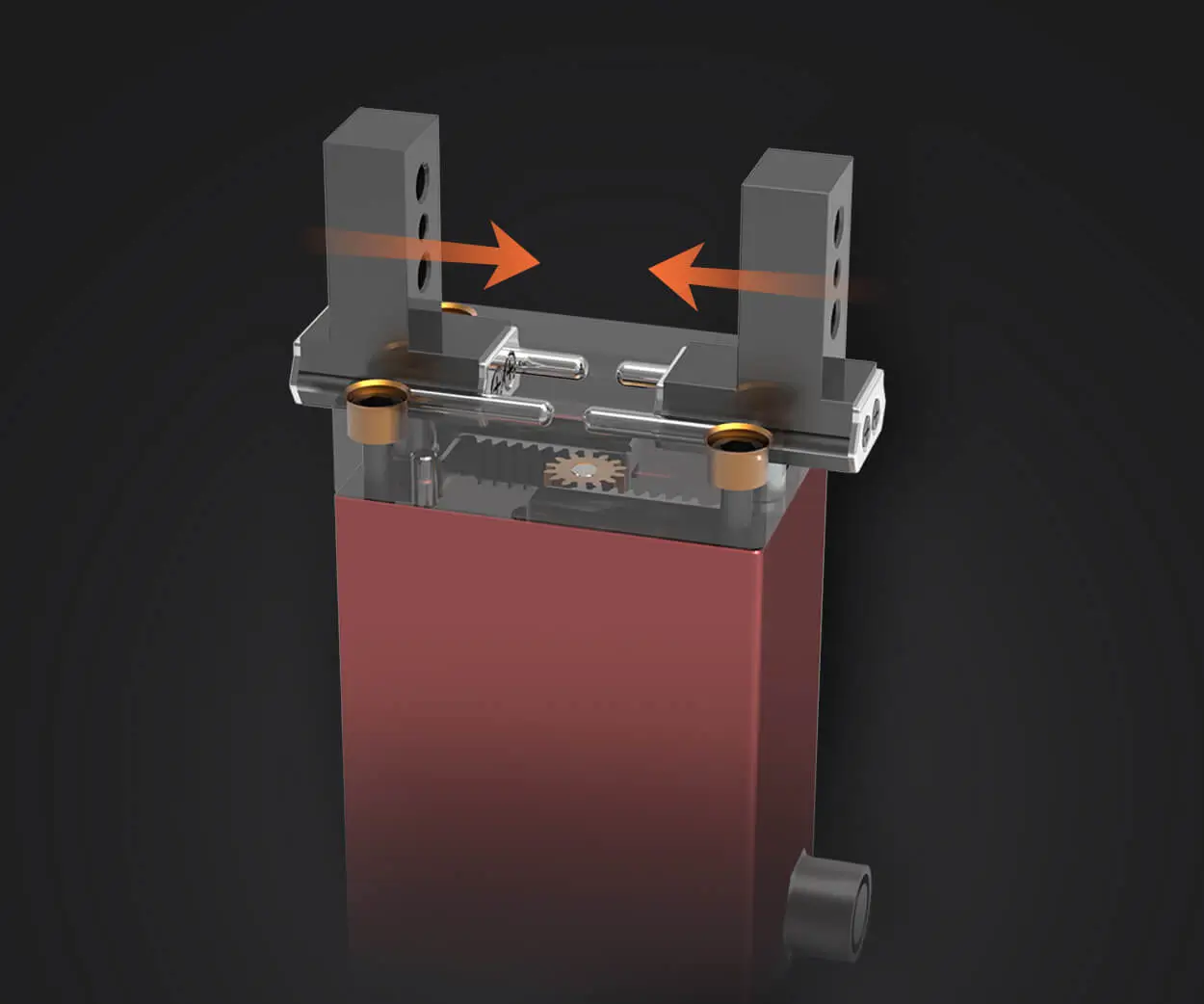Microservices Architecture: The Hidden Challenges You Might Not Have Thought About
When we talk about microservices architecture, it’s easy to get caught up in the excitement of its benefits. Scaling, flexibility, and faster deployments are often the first things that come to mind. But, like any other technology, microservices comes with its own set of challenges. These aren't always immediately obvious, but they can cause significant headaches down the road. Let’s take a closer look at the hidden disadvantages.

1. Increased Complexity
With microservices, the idea is to break down your monolithic application into smaller, manageable pieces. Sounds simple enough, right? But in practice, this often leads to more complexity. Instead of one application to manage, you now have dozens—each with its own codebase, database, and dependencies. As the number of services grows, so does the complexity of maintaining and managing them all. Teams can quickly become overwhelmed with the sheer volume of moving parts, making it harder to stay on top of updates, patches, and bug fixes.
2. Difficulties in Data Management
In a monolithic system, managing data is relatively straightforward. But in a microservices environment, data is distributed across multiple services. This creates challenges when it comes to data consistency, especially when different services rely on different data sources. Imagine trying to keep all your data in sync across dozens of services in real time—it's no small feat. Plus, because services are typically independent, ensuring that all data transactions are accurate and up-to-date can turn into a logistical nightmare.
3. Communication Overhead
Microservices are all about services communicating with one another. This sounds good in theory, but the reality is that communication between services can introduce significant overhead. Each time a service needs data or information from another service, it must send a request, wait for a response, and then handle the data accordingly. The more services you have, the more requests you’re dealing with, which can increase latency and slow down overall system performance. Worse, if one service experiences downtime, it could ripple through the entire system and cause delays across multiple services.
4. Deployment and Monitoring Challenges
Deploying microservices is different from deploying a monolithic application. With microservices, each service is deployed independently, which can lead to more frequent deployments and updates. While this is great for making quick changes, it also introduces the challenge of managing those deployments at scale. For example, if one service fails after an update, it can be tricky to pinpoint the issue, especially when dealing with so many interconnected services. It’s not just about tracking down bugs, but also ensuring that all services are running smoothly in sync.
5. Higher Resource Consumption
Microservices tend to use more resources compared to monolithic applications. Since each service runs in its own environment, there's overhead in terms of both computing and memory. You might find that your infrastructure needs more servers, more memory, and more processing power to handle the same workload you used to manage with a single, monolithic system. This can lead to increased costs, especially if you’re operating in the cloud and paying for resources on an hourly basis.
6. Security Considerations
Security in microservices is a bit more complicated than in a monolithic application. Each service needs to be individually secured, which means you have more potential points of vulnerability. Adding security measures such as authentication and authorization for each service can become a real headache, especially when you’re dealing with a large number of services. The attack surface is simply much larger, and each microservice must be rigorously tested to ensure it's not a weak link in the chain.
The Big Question: Is Microservices Right for You?
The decision to adopt microservices should not be taken lightly. While the architecture offers several advantages, it’s crucial to weigh these against the potential drawbacks. If your system is small or still in the early stages of development, microservices might introduce unnecessary complexity. However, for large-scale applications that need to scale quickly and efficiently, microservices can be a game-changer—if implemented carefully.
In the end, it’s all about balance. Microservices offer a lot of flexibility, but they also require a thoughtful approach to design, deployment, and maintenance. With the right strategy and tools in place, many of the challenges can be mitigated. The key is to understand the trade-offs and plan accordingly.
Established in 2005, Kpower has been dedicated to a professional compact motion unit manufacturer, headquartered in Dongguan, Guangdong Province, China. Leveraging innovations in modular drive technology, Kpower integrates high-performance motors, precision reducers, and multi-protocol control systems to provide efficient and customized smart drive system solutions. Kpower has delivered professional drive system solutions to over 500 enterprise clients globally with products covering various fields such as Smart Home Systems, Automatic Electronics, Robotics, Precision Agriculture, Drones, and Industrial Automation.




































